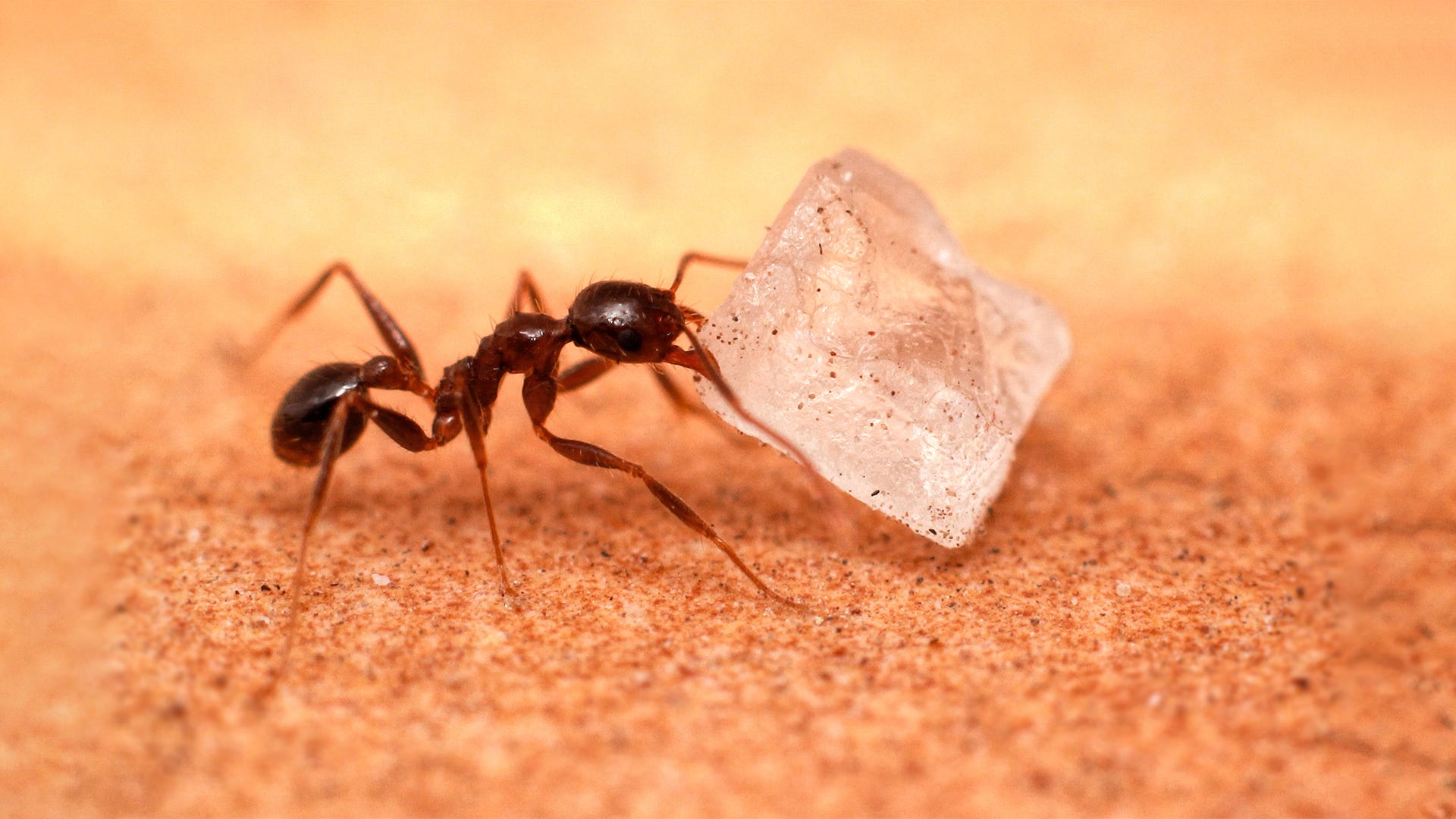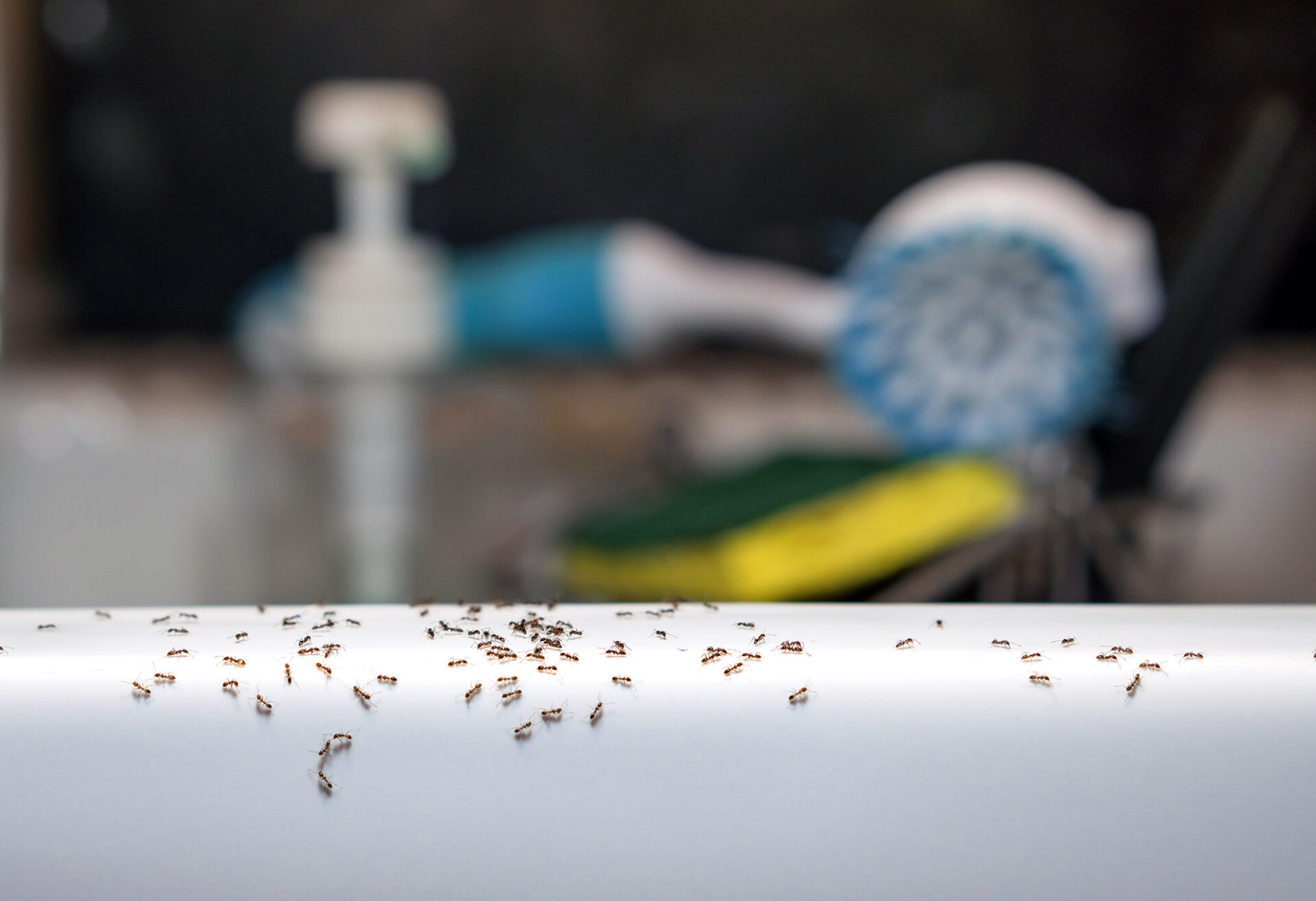Black Ant Biology and Behavior: What Causes Black Ants In Bathroom

Black ants, commonly found in homes and gardens, are fascinating creatures with complex social structures and intriguing behaviors. Understanding their biology and habits can be crucial in managing their presence, especially when they become a nuisance.
Life Cycle of Black Ants
Black ants, like many other ant species, undergo a complete metamorphosis, meaning they transform from an egg to an adult through distinct stages. This life cycle involves four stages: egg, larva, pupa, and adult.
The life cycle of a black ant begins with the queen laying eggs, which are typically small, white, and oval-shaped. These eggs hatch into larvae, which are worm-like and lack legs. Larvae are fed and cared for by worker ants, growing larger as they molt several times.
After the larval stage, the ants enter the pupa stage. Pupae are immobile and often resemble small, white cocoons. During this stage, the ant undergoes significant internal changes, transforming into its adult form.
Finally, the adult ant emerges from the pupa, ready to fulfill its role within the colony. The lifespan of black ants varies depending on their caste and environmental factors. Worker ants typically live for several weeks to a few months, while queens can live for several years.
Characteristics of Black Ants
Black ants are characterized by their dark coloration, ranging from black to dark brown. They are typically small, with worker ants measuring around 2-3 millimeters in length.
Black ants are social insects, living in colonies with a distinct hierarchy. Each colony consists of a queen, who is responsible for laying eggs, and numerous worker ants, which perform tasks such as foraging, caring for the young, and defending the nest.
Communication within a black ant colony is achieved through a combination of pheromones, which are chemical signals, and physical contact. Pheromones are used to mark trails, identify nestmates, and alert other ants to danger.
Foraging Habits of Black Ants
Black ants are omnivorous, meaning they consume a wide range of food sources. Their diet includes sweet substances such as honeydew, nectar, and sugary liquids, as well as protein-rich sources like dead insects, meat scraps, and even crumbs.
Black ants are known for their efficient foraging habits. They utilize a network of trails, often called “ant highways,” to navigate between their nest and food sources. These trails are marked with pheromones, which guide other worker ants to food locations.
Black ants are also capable of carrying objects much larger than their own size. They often work together to transport food back to the nest, demonstrating their cooperative nature.
Factors Attracting Black Ants to Bathrooms

Black ants are often found in bathrooms, and while they may seem like a nuisance, their presence is usually due to specific factors that make the bathroom an attractive environment for them. These factors include readily available food sources, ample moisture, and the potential for warmth.
Food Sources
Black ants are attracted to various food sources commonly found in bathrooms. While these sources might not be immediately apparent, they can be a significant draw for ants.
- Toothpaste: The sugary and minty ingredients in toothpaste can be appealing to black ants. Even small toothpaste spills or remnants left on the sink can attract them.
- Soap: Some soaps contain ingredients that ants find attractive, such as glycerin or fragrances. Additionally, soap residue left in the shower or on the sink can attract ants.
- Food Spills: Even tiny food crumbs or spills can be a major draw for ants. These spills might be from food dropped while brushing teeth, applying makeup, or simply from using the bathroom.
- Hair Products: Certain hair products, like shampoos and conditioners, can contain ingredients that ants find appealing, especially if they are sugary or contain fragrances.
Moisture
Bathrooms are naturally moist environments, which makes them attractive to black ants. Moisture is essential for their survival and helps them maintain their colonies.
- Leaking Faucets: Even small leaks can create a constant source of moisture that ants can utilize.
- Shower and Tub Areas: The constant presence of water and steam in these areas creates a humid environment that ants find ideal.
- Condensation: The condensation that forms on bathroom surfaces, such as mirrors and windows, can provide ants with moisture.
Entry Points, What causes black ants in bathroom
Black ants are adept at finding small openings and cracks to gain access to your bathroom. They can squeeze through tiny gaps, making it crucial to seal any potential entry points.
- Cracks in Walls and Floors: Tiny cracks in bathroom walls and floors can provide ants with access to your bathroom.
- Gaps Around Pipes and Fixtures: Gaps around pipes, sinks, and toilets can be entry points for ants.
- Loose Caulk: Loose caulk around sinks, tubs, and showers can create openings that ants can exploit.
Preventing Black Ant Infestations in Bathrooms

Preventing black ant infestations in your bathroom is crucial for maintaining a clean and hygienic environment. By implementing a multi-pronged approach, you can effectively deter these persistent pests.
Sanitation Practices
Maintaining proper sanitation in your bathroom is key to preventing black ant infestations. Ants are attracted to food crumbs, spills, and other sources of sustenance. Regular cleaning can help eliminate these attractants and reduce the likelihood of ants finding a welcoming environment in your bathroom.
- Wipe down surfaces regularly, especially around sinks, tubs, and toilets, to remove food particles and spills.
- Clean up spills immediately to prevent them from attracting ants.
- Store food items in airtight containers to prevent ants from accessing them.
- Empty trash cans frequently and thoroughly clean them to remove any food scraps.
Sealing Entry Points
Black ants are incredibly resourceful and can find their way into your bathroom through even the smallest cracks and crevices. By sealing these entry points, you can significantly reduce the chances of an infestation.
- Inspect your bathroom for any cracks or gaps in the walls, floors, and around plumbing fixtures.
- Use caulk or sealant to fill any gaps or cracks you find.
- Install weather stripping around doors and windows to prevent ants from entering.
- Ensure that screens on windows and vents are in good condition and free of tears or holes.
Eliminating Food Sources
As mentioned, black ants are drawn to food sources. By eliminating these attractants, you can discourage them from entering your bathroom.
- Store toiletries, such as toothpaste, shampoo, and soap, in airtight containers.
- Avoid leaving dirty dishes in the sink for extended periods.
- Keep pet food and water bowls clean and free of spills.
Common Household Products for Deterrence
Several common household products can be used to deter black ants.
- Vinegar: Vinegar’s acidic nature repels ants. Spray a vinegar solution along baseboards, windowsills, and other areas where ants are likely to enter.
- Peppermint oil: Peppermint oil has a strong scent that ants find unpleasant. Mix a few drops of peppermint oil with water and spray it around your bathroom.
- Borax: Borax is a natural insecticide that can be mixed with water and sprinkled around areas where ants are present.
- However, borax can be harmful to pets and children, so use it with caution and keep it out of reach of children and pets.
Professional Pest Control Services
In cases of severe black ant infestations, professional pest control services are often necessary. Pest control professionals have the expertise and tools to effectively eliminate ant colonies and prevent future infestations. They can also identify and address any underlying factors that may be contributing to the infestation, such as moisture problems or structural issues.
